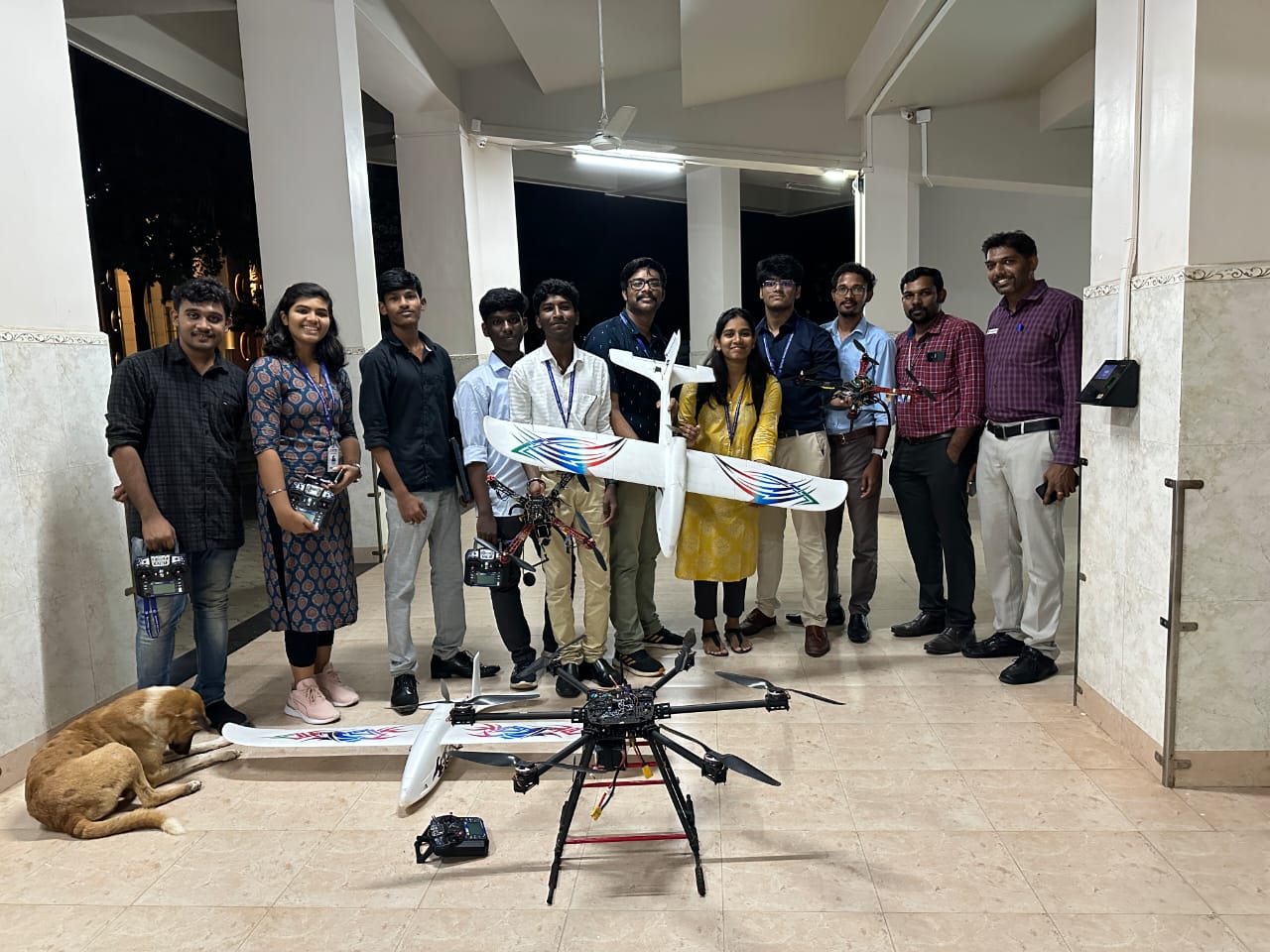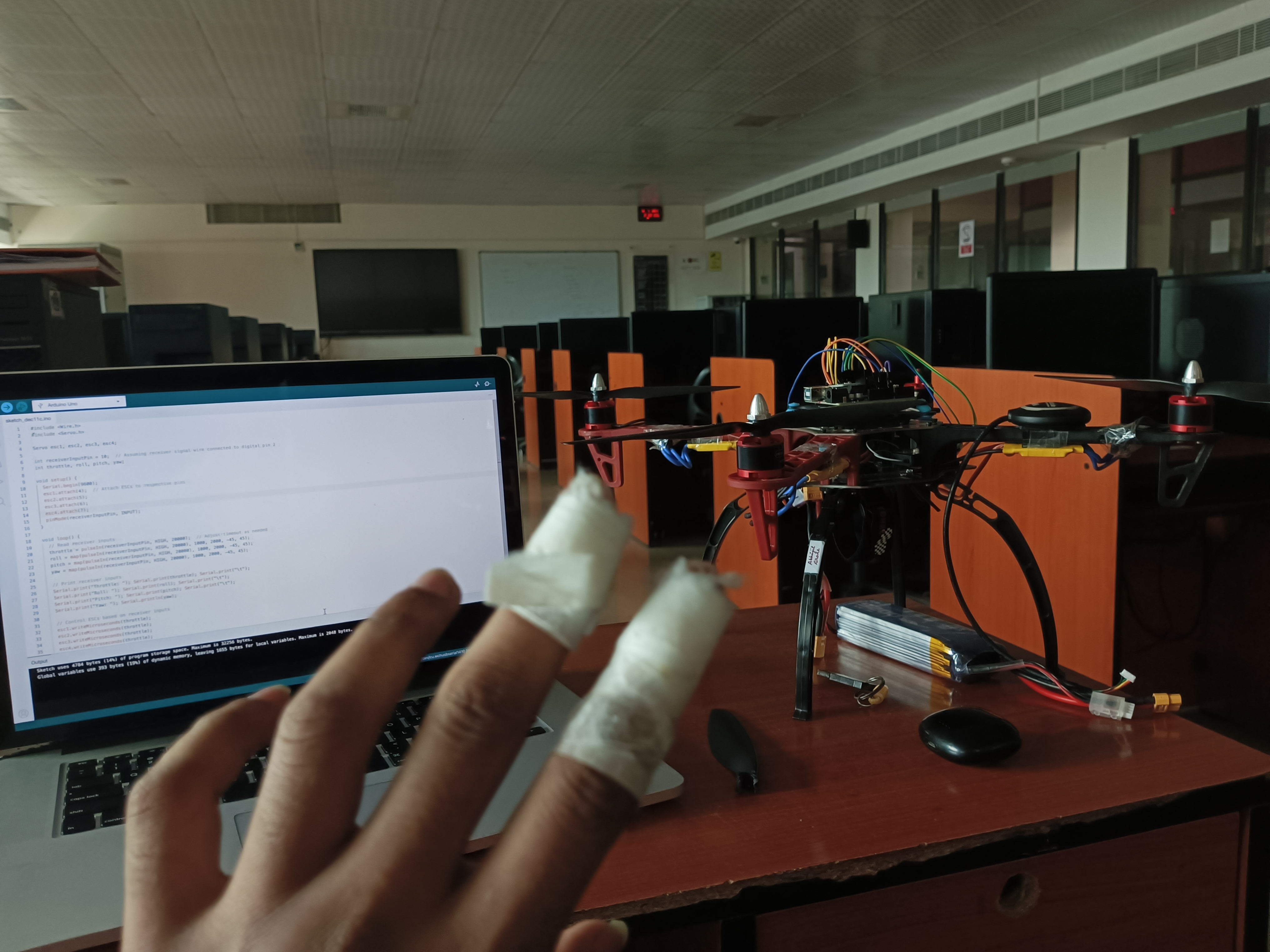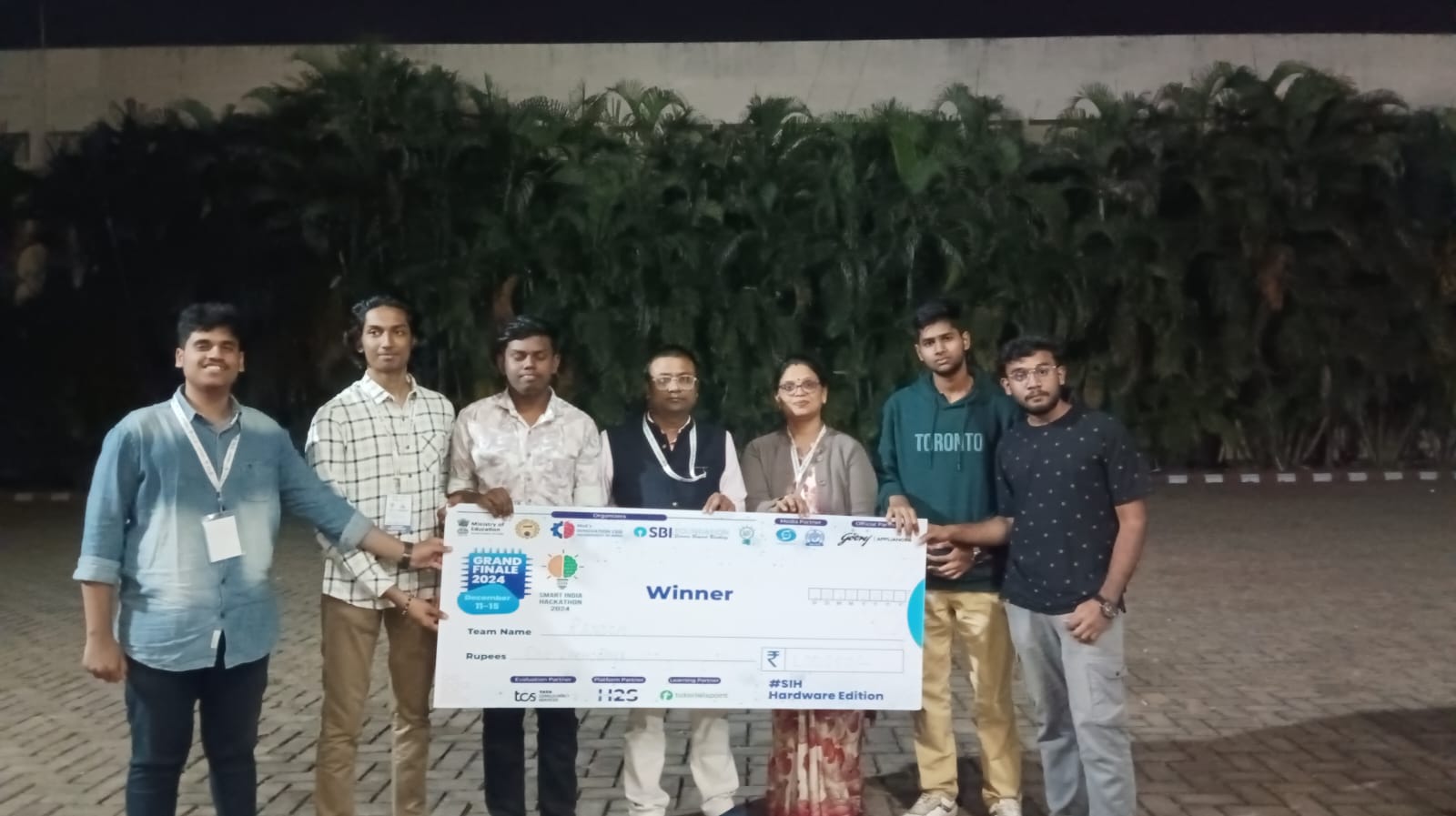"Scientists study the world as it is; engineers create the world that never has been."
✈️ From Flipping Drones to Flying High: My Journey into UAVs
It all started back in my first year of college, when one of our professors invited an external trainer to teach a small group of us how to fly a drone. I was lucky to be selected, but I wasn’t able to fully concentrate during the assembly. Still, the curiosity stuck.

This was the first UAVs that I made during my first year. Even though they were part of Aerospace, but there was this slight disatisfaction for not being able to do something related to propulsion and rockets that shall be covered in the future blogs.
What really pushed me was the desire to build one from scratch—by myself. During that same session, we also flew a fixed-wing aircraft, which, unfortunately, I broke. But that didn’t stop us.
With the aim to make a drone fly with the help of just so budget-friendly flight controller rather than going with the normal ones such as, Pixhawk, Beta-flight etc... I thought to invest my time on arduino based drone and faced a small accident.
Alert: I was a very reckless and learnt it the hard way the lesson of not taking safety precautions.

Later, I followed some online tutorials, assembled my own drone, powered it up with Pixhawk as its flight controller as there was lack of time, so I kept this project of making a budget friendly drone at hault for the time being and I saw the motors spin—and then it flipped instead of flying. After repeated failures and seeking help from another external mentor, we discovered the issue: the ESCs were connected to the wrong ports. Once corrected, it finally flew. The issue was that since the ports are connected to the wrong ESCs, unlike as it is supposed to be for the specified motor layout, while correction of the drone based on the accelerometer and gyroscopes data was done on the wrong motor that's connected to ESC, thus giving an unstable flight. Just in time for the Smart India Hackathon (SIH) first stage, I was able fly it.
Our project: Software and Hardware Defined Drones under the Student Innovation - Hardware Edition. For five days, our team of five worked late into the night, sometimes until 5 AM. We took shifts but often just gave up sleep. And it was worth it. I never regreted working late night on projects without sleeping, and everytime it was fun.
We integrated Lidar, cameras, and a Raspberry Pi for human detection. The flight controller ran Ardupilot, with object detection powered by YOLOv8. We even built a GUI to let users update software for different hardware configurations.
Technical issues followed. The drone wouldn’t arm because we had 0 GPS satellites locked, while others had 16. Later, I learned I was flying in Stabilize mode, which doesn’t require GPS—but autonomous missions do. So we force-armed it.
Then came the big mistake. I strapped my phone to the drone to simulate Pi-based human detection. A planned mission was still loaded in the controller. Due to a wrong home position set by faulty GPS, the drone tried flying off-campus. We realized the danger of force-arming in autonomous mode and abandoned it.
Other issues included improperly integrated Time-of-Flight Lidar and a poorly optimized YOLOv8 model. Later, we converted it to ONNX for better FPS. The frame was basic, so we shifted to 3D-printed designs for better weight-to-thrust ratio. Later we actually converted the drone frame fully built from 3D printer, the human detection models are also trained by us for an optimized algorithm and also we are continouing with our drones flight controller made for particularly our drone.
Our final presentation was simple and minimal. We didn’t have a fully complete product, but our confidence, clarity, and technical storytelling helped us reach the top national rank in SIH and helped us win the first price in our domain among all the Indians


That project launched my journey as a UAV hobbyist. From flipping drones to 3D printed airframes, from broken GPS signals to ONNX-accelerated AI, it’s been a ride. But my core interest still remains—Aerospace Engineering.
Stay tuned for the next blog - 1: "How to Build Your First UAV – Beginner’s Checklist".
Stay tuned for the next blog - 2: "Fundamentals of Autonomous Flight".
Stay tuned for the next blog - 3: "Fully autonomous flight to on board computing".